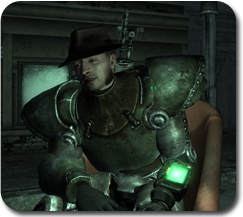Fallout 1 and 2 are two of my favorite computer games. Those games had a great style to them, engaging post-apocalyptic story lines and a great turn-based combat system. Fallout 3 is a worthy 3-D successor to those games that falls short only in its game combat mechanics. At first glance Fallout 3 looks like a first person shooter. You can try to play it that as a standard shooter but you will soon find out that it’s an awful FPS. Fortunately, the game has a pseudo turn-based combat system in which you can pause the action and spend “action points” to attack specific parts of an enemy’s anatomy. This works out pretty well although the combat is nowhere near as deep as it was in the original 2-D games.
However, Fallout is much more than just killing things. The devastated Washington D.C. area is a great environment to explore. There are tons of little areas to discover. I finished the game with about a third of the map left to explore and I am already going back and seeing what I can find. The quests and character interactions are usually pretty entertaining and filled with a nice, black sense of humor. The role-playing aspects are there, but you don’t spend you time worrying much about your stats and leveling up. The game as a gentle difficulty curve and even if you get off track you feel like you are accomplishing something.
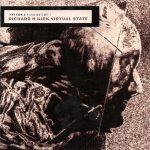
After the end of Cabaret Voltaire, Kirk went on to record a zillion solo records under different names. This is trippy and ambient not for casual listening or the dance floor.
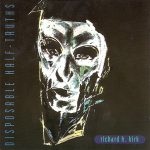
This is an early solo effort from Cabaret Voltaire’s Richard H. Kirk. It came in a three-pack CD set with a Malinder’s Pow Wow Plus and Cabaret Voltaire’s 1974-76. This record is in the brutal early style of Cabaret Voltaire and borders on pure noise at times. The focus here is electronic manipulation and less on beats and music.

This was the last band my brother was in before he left college. Great walls of guitar sound mixed with quiet parts. I am playing a little theremin on one of the tracks. I guess nowadays this might be called emo music, but this was a bit before all that. My brother went on to be a defense attorney, Patrick still plays in bands up in Madison, and Nathan was a founding member of the Chicago band Chinup Chinup. I don’t know what happened to the bassist. They have a MySpace page still!
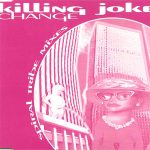
More studio knob-twisting and ambient rethinkings of “Change” and “Requiem.”
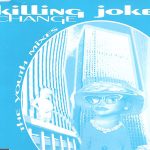
Youth returned to the band prior to Pandemonium with these dancy remixes of “Change” and “Requiem.” Nothing too exciting here but pleasant nonetheless.
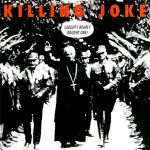
A greatest hits compilation. The only reason I bought it was to get the tracks “Turn to Red” and “Pssyche” on CD. Otherwise, nothing new here.
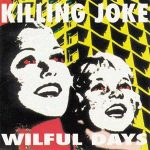
A great collection of singles and extended mixes from the EG years. I had a few of these on 7″ vinyl and it was nice to get clean versions on CD.
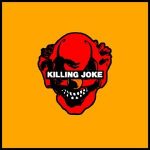
Killing Joke proves they can still crank up the angst on yet another “comeback” album. There’s no innovation here, but the songs are fast, loud, angry and everything you’d hope to get from Killing Joke after two decades of music. Dave Grohl provides the slightly-better-than-a-drum-machine guest drums.
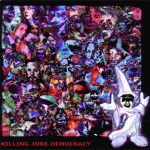
Very much along the same lines as Pandemonium but something doesn’t quite click here. Maybe the cleaner production reveals the limitations of the session-cat rhythm section. Or maybe it’s that they haven’t added anything new to their songs. Up until now, each Killing Joke record seem to be a natural progression from the last. From this point on they are on auto pilot.
